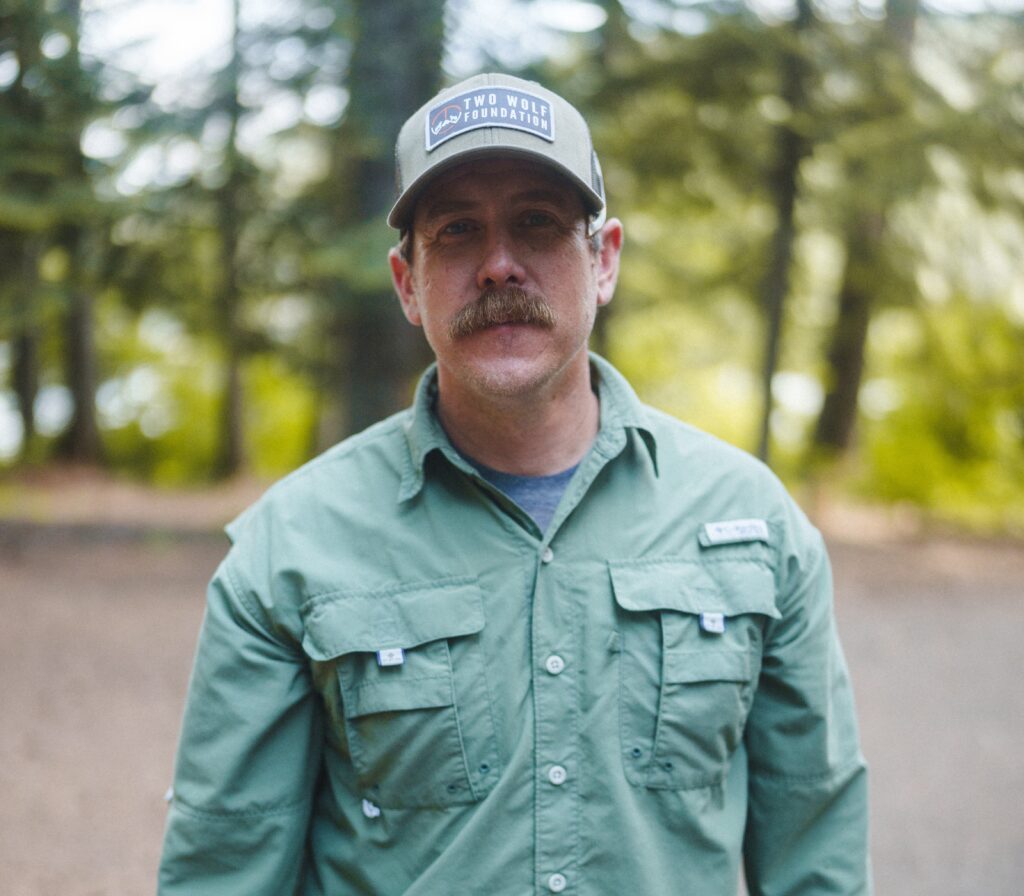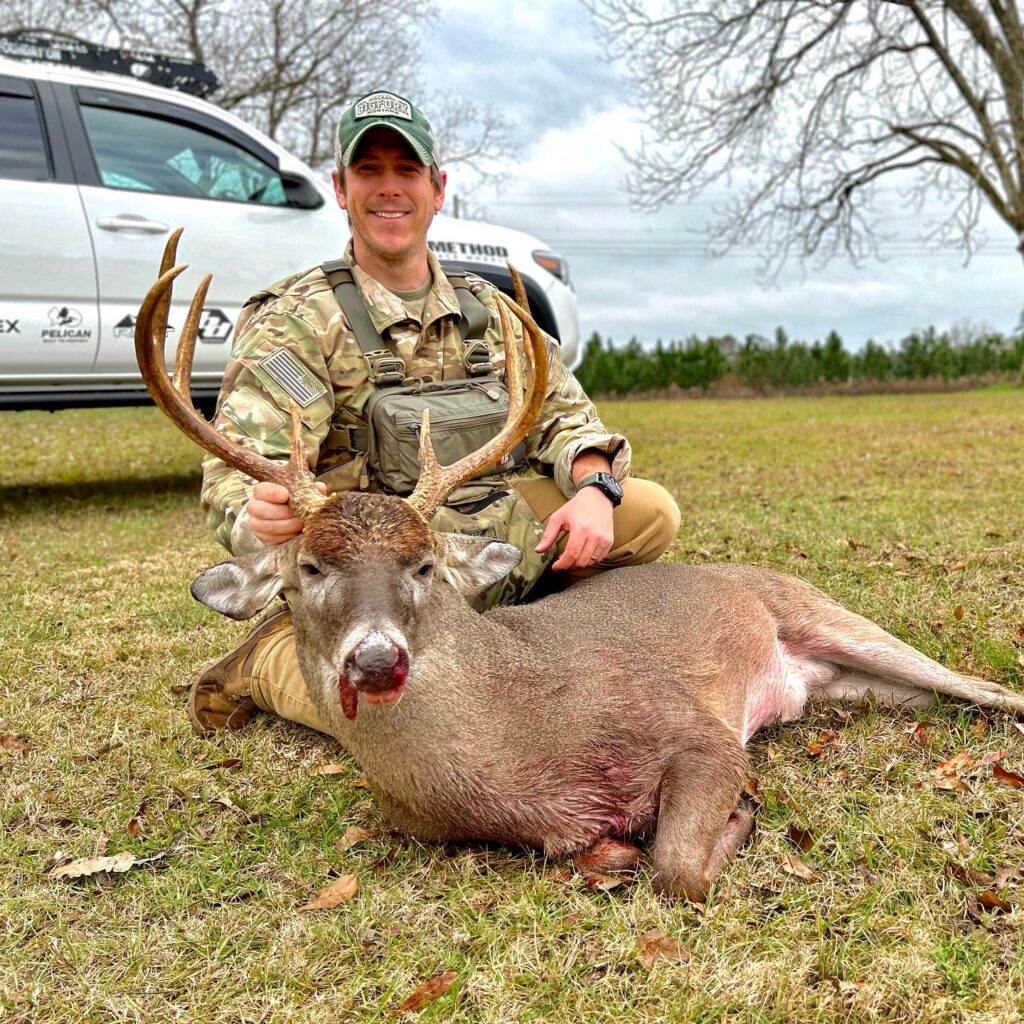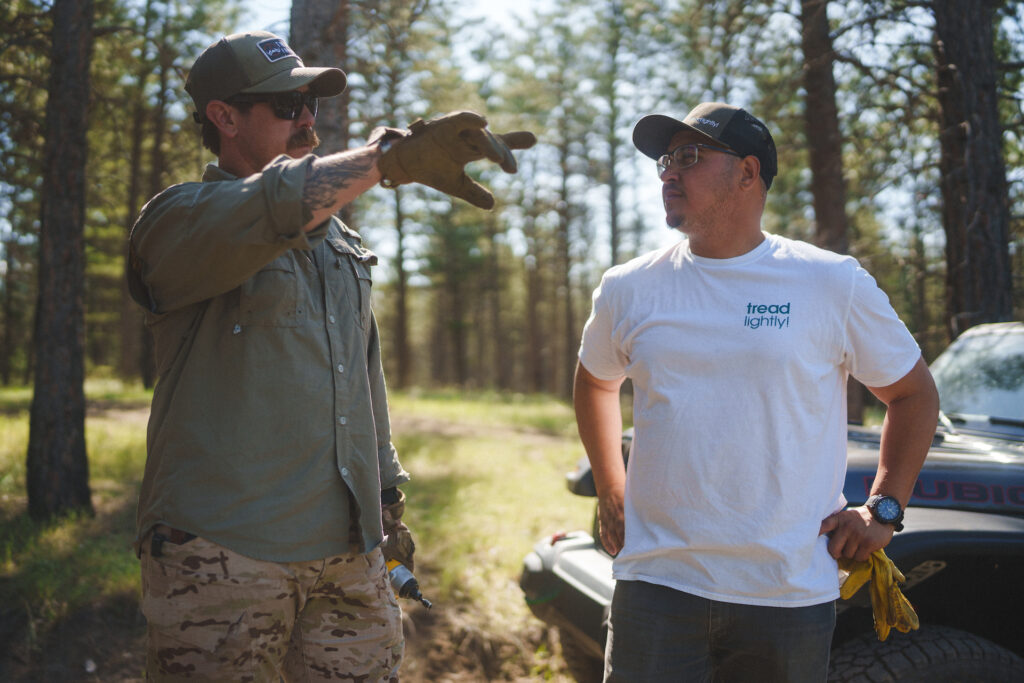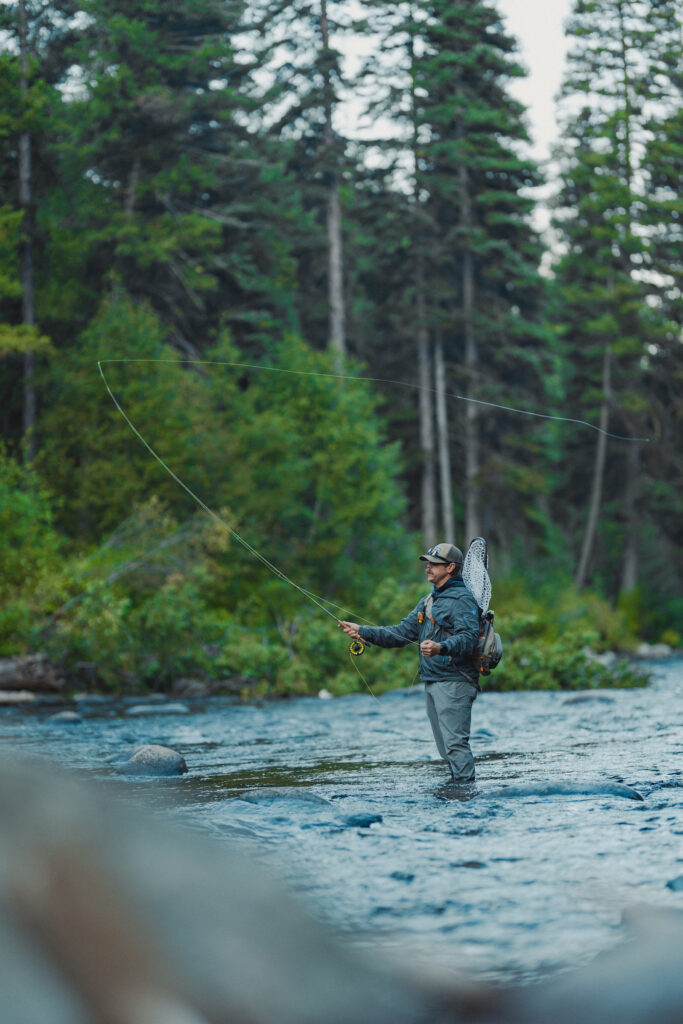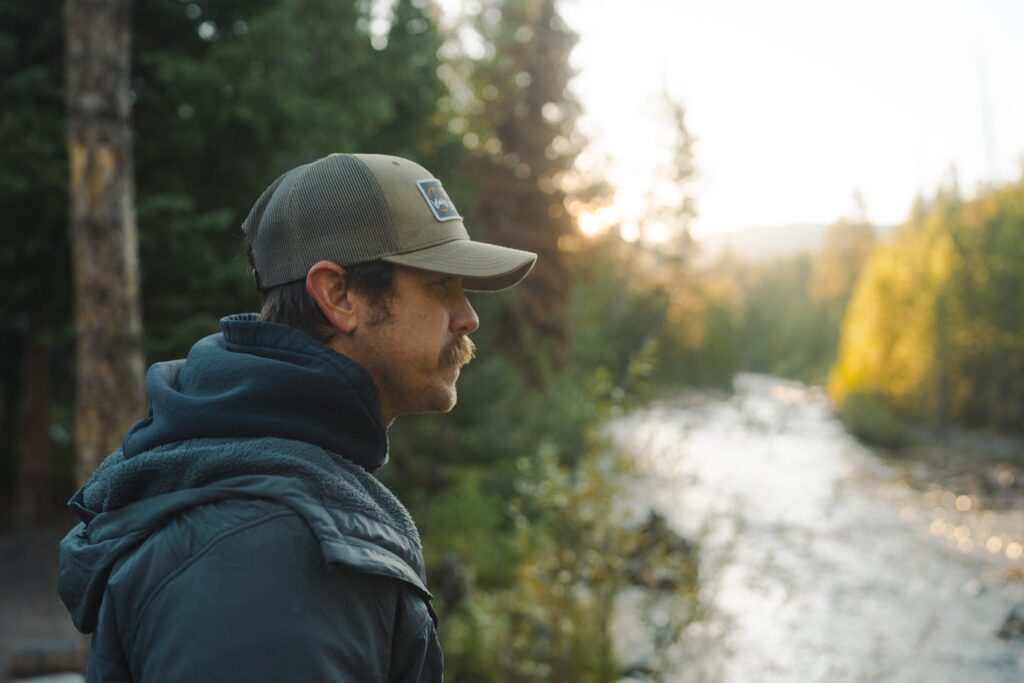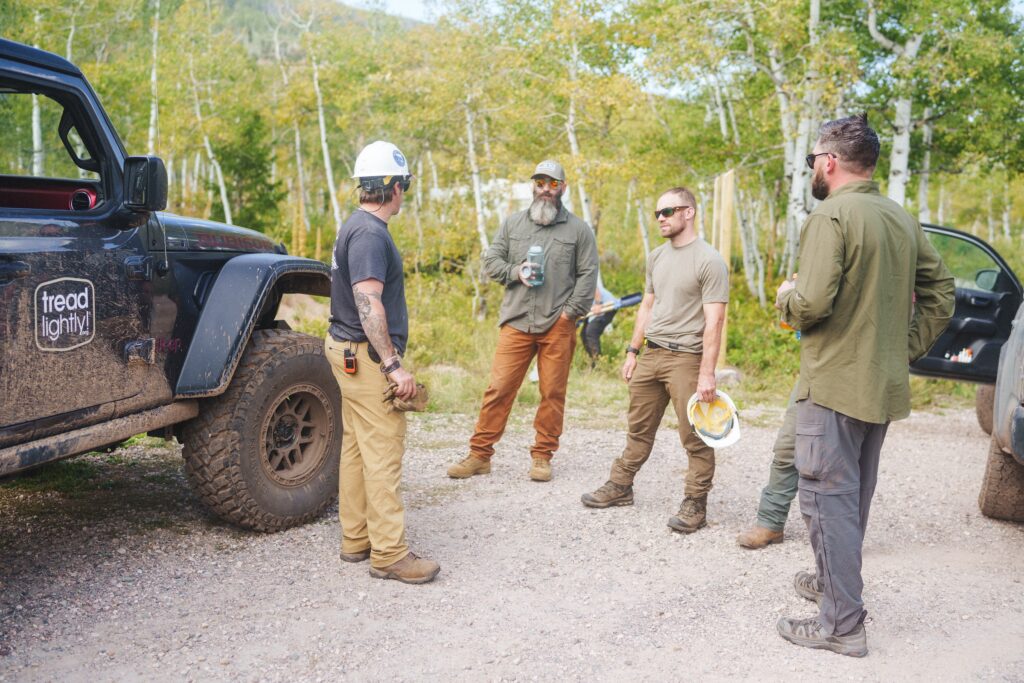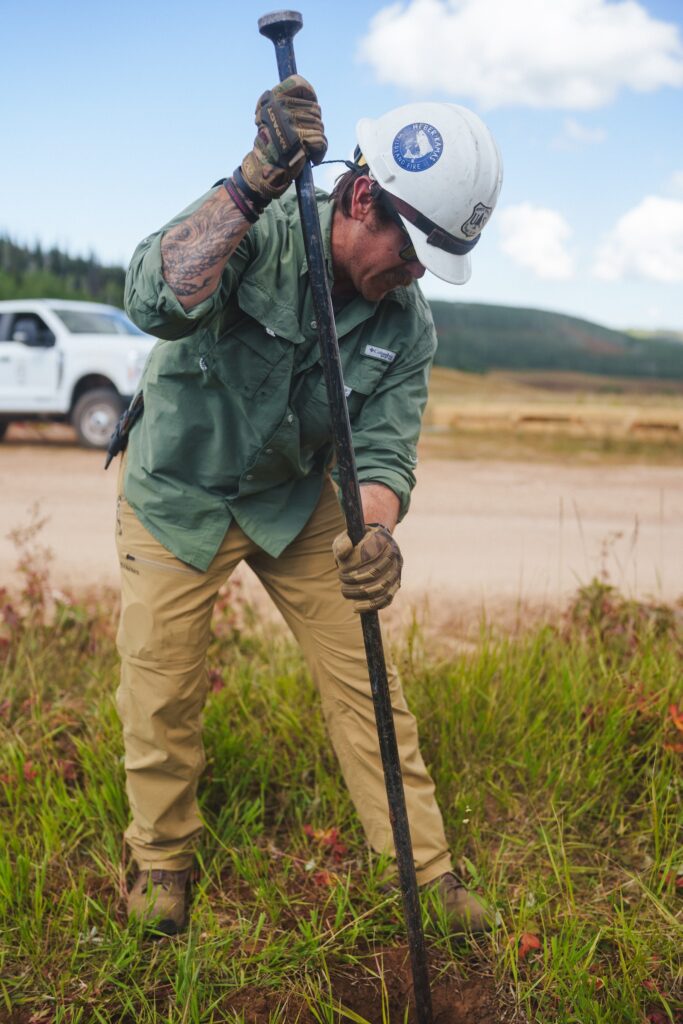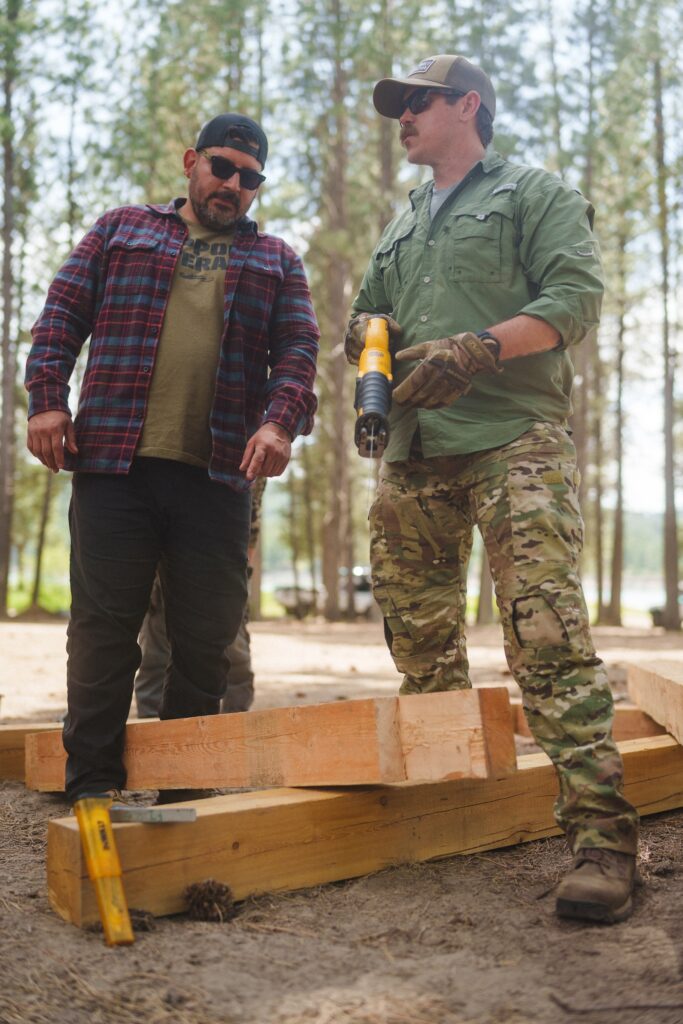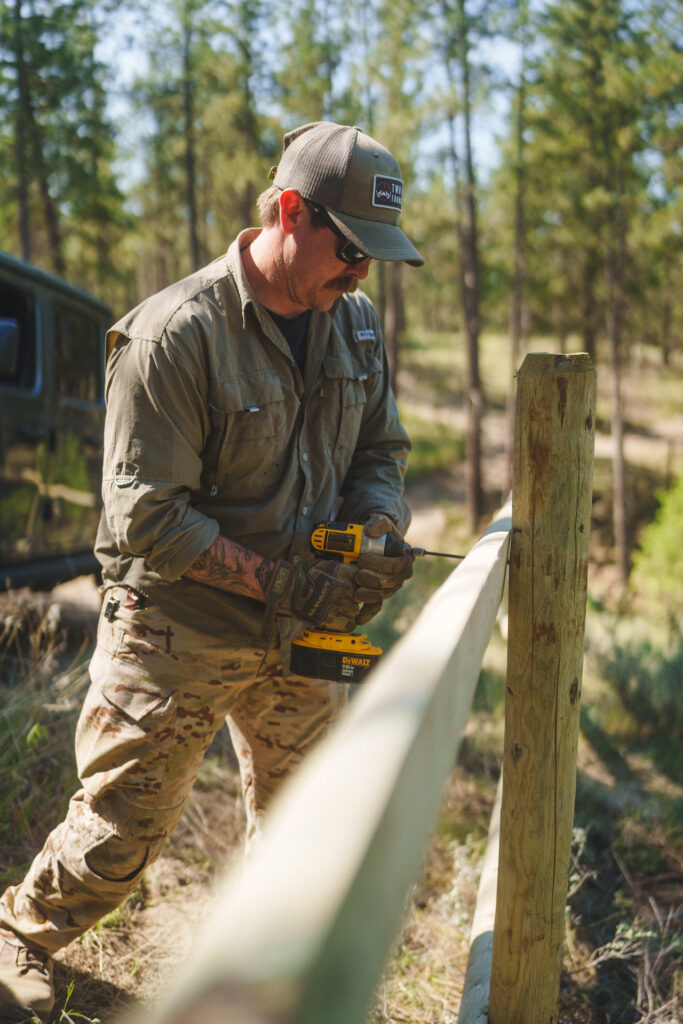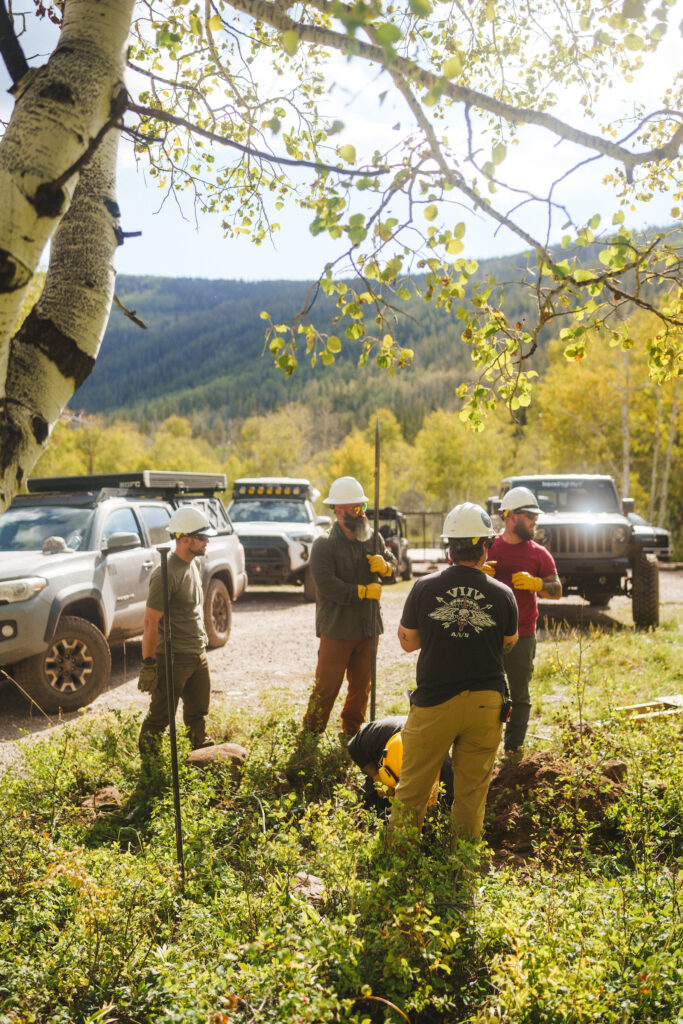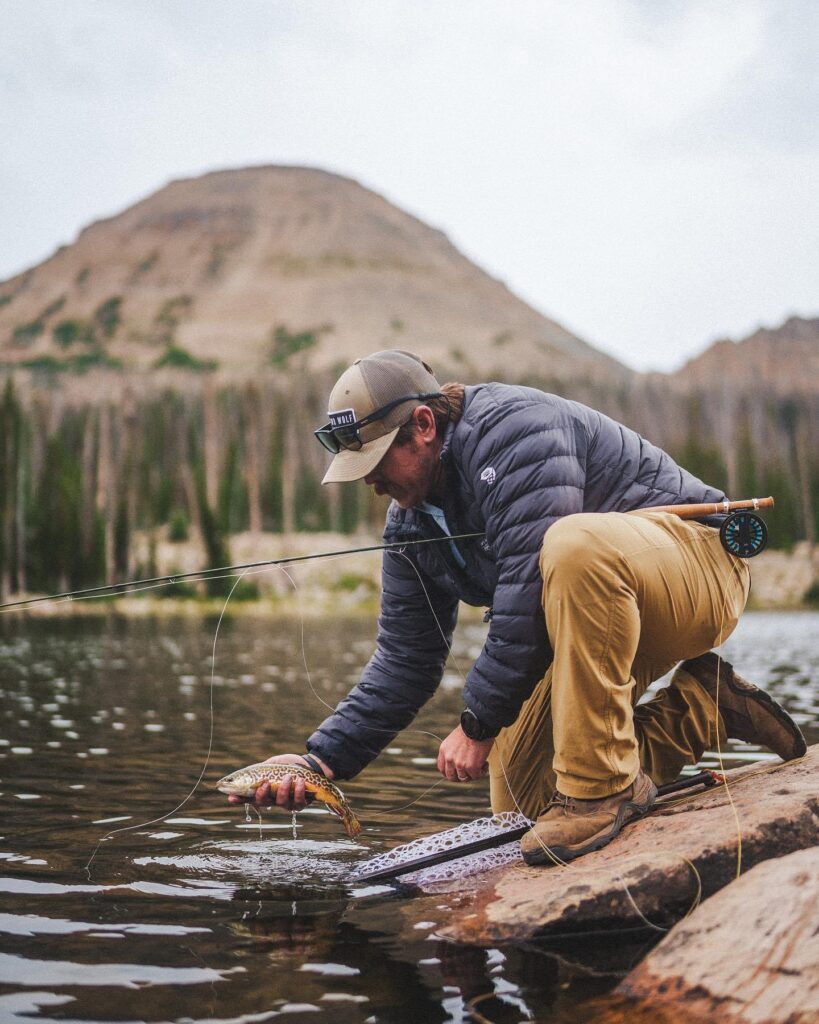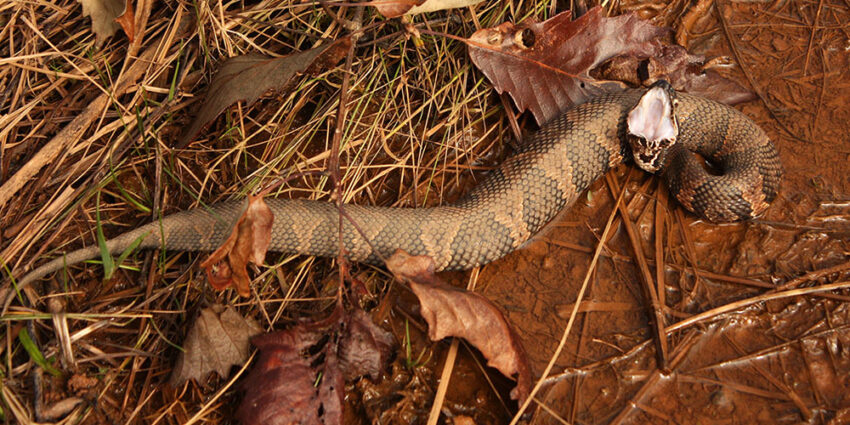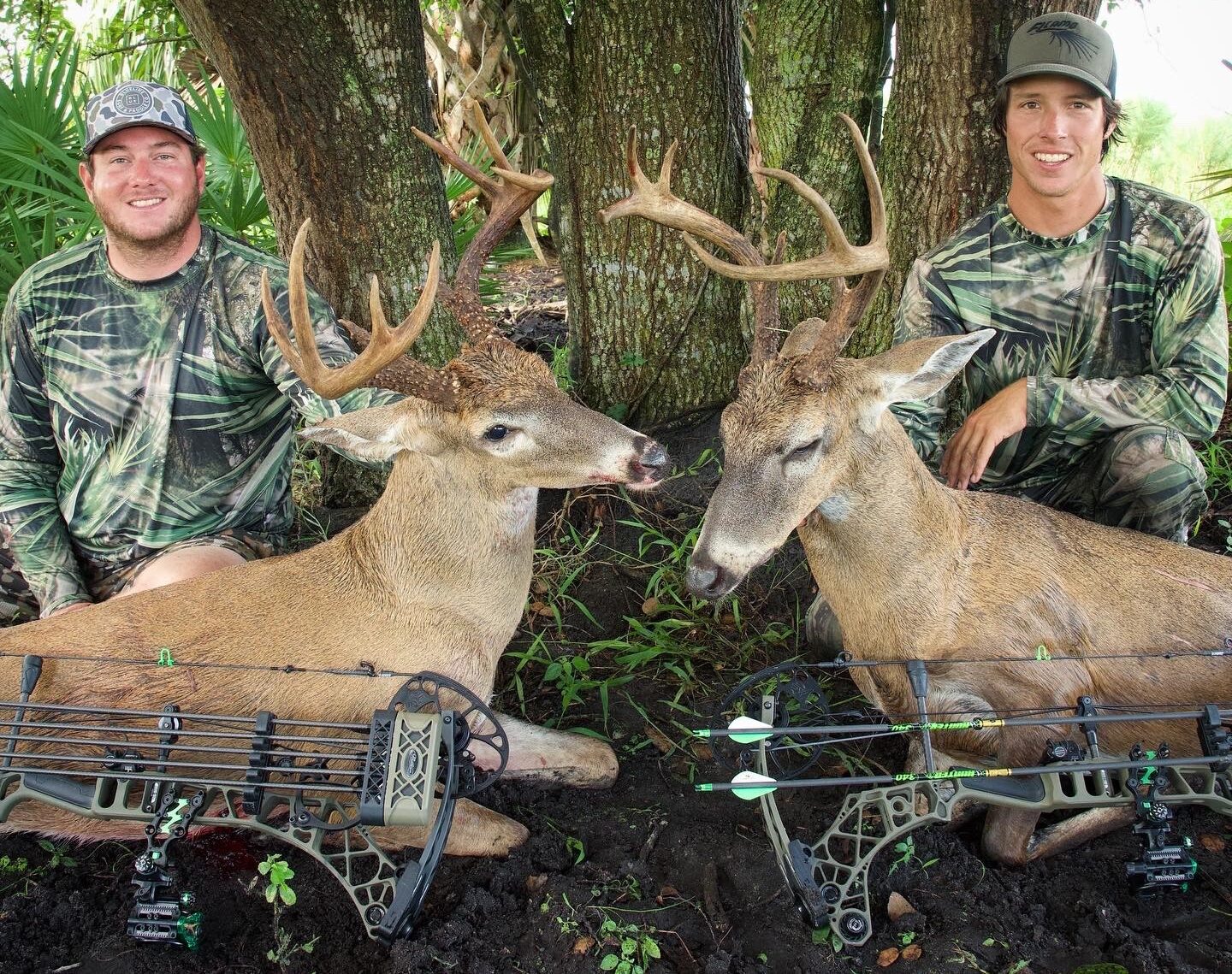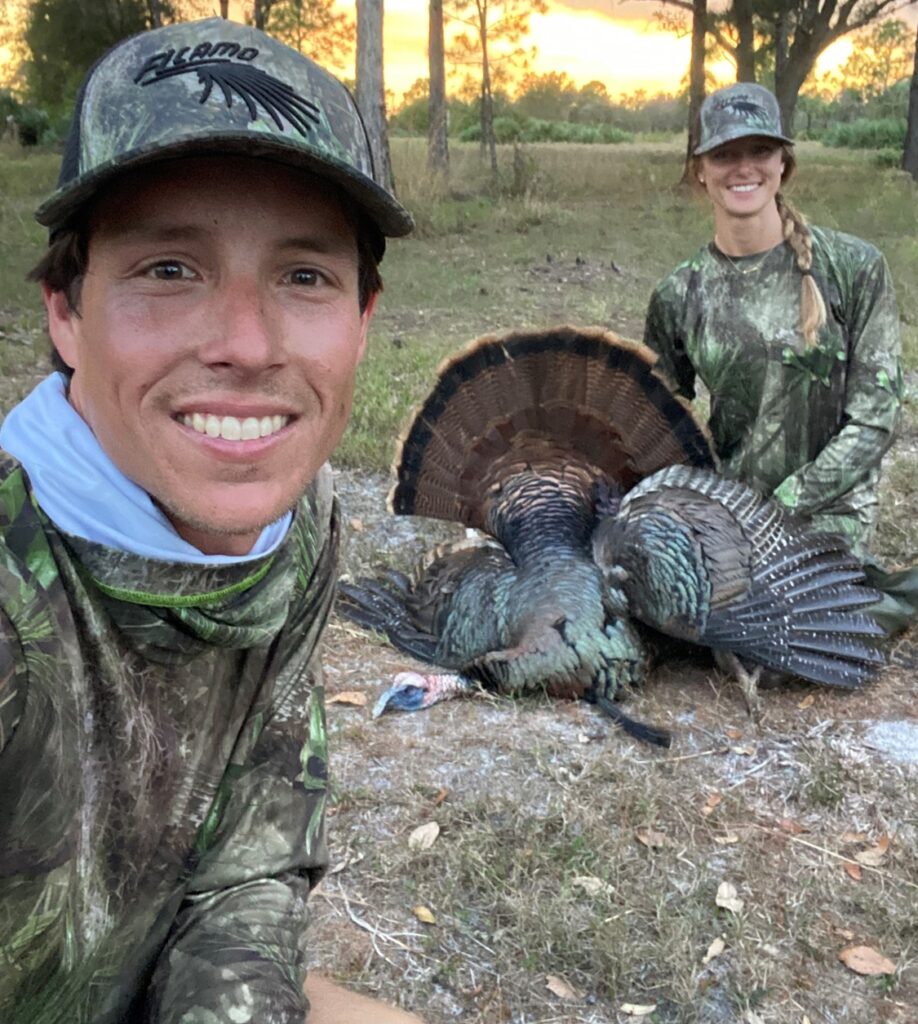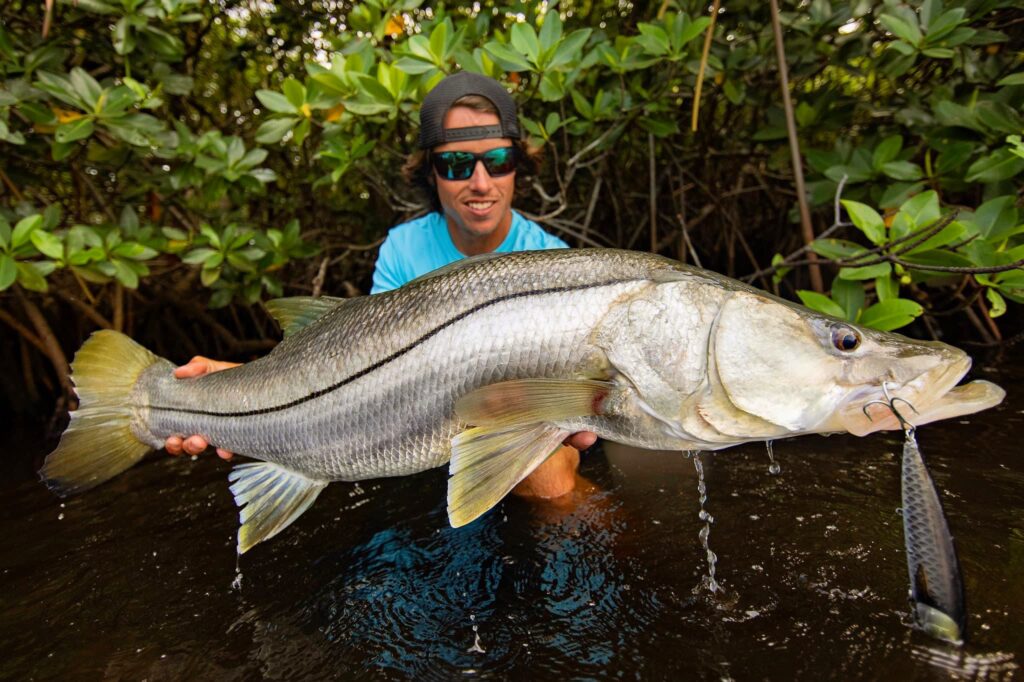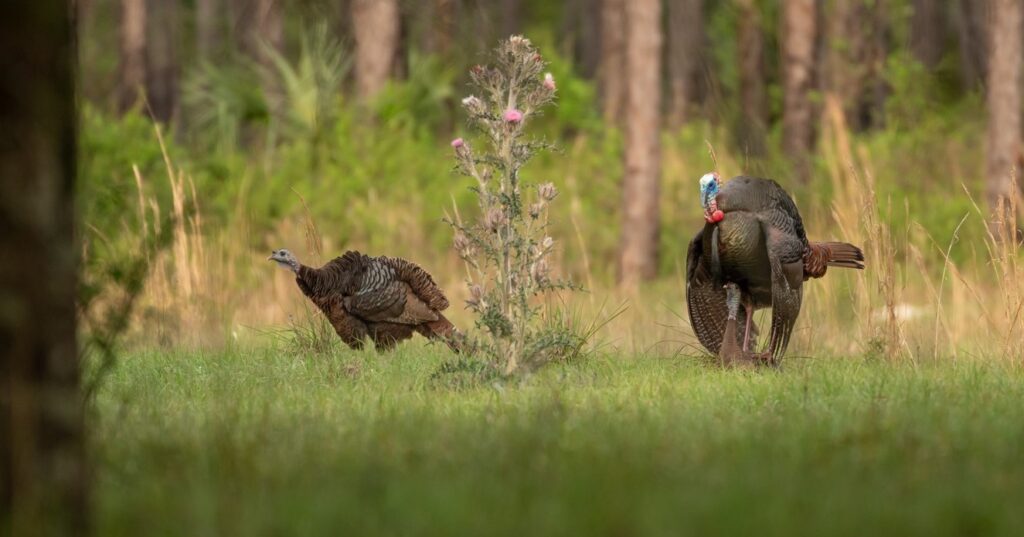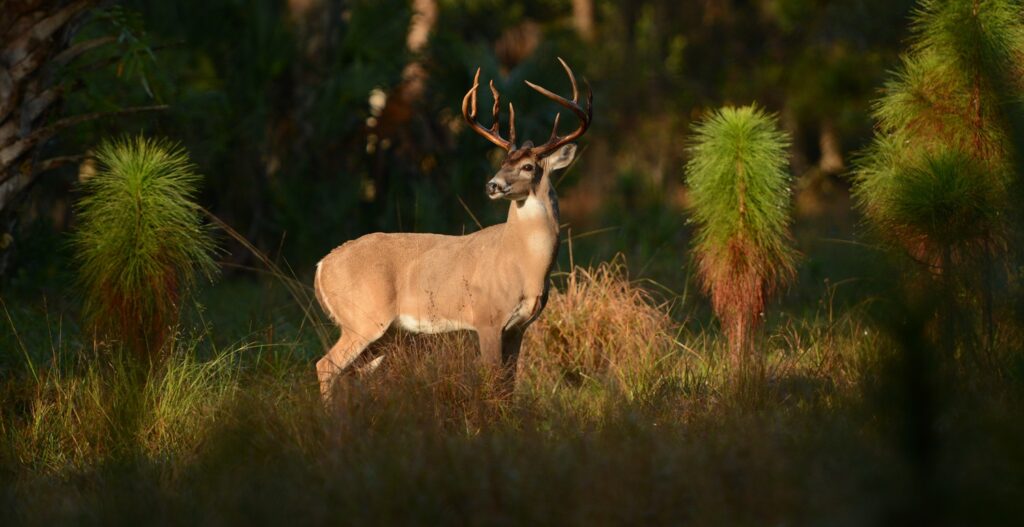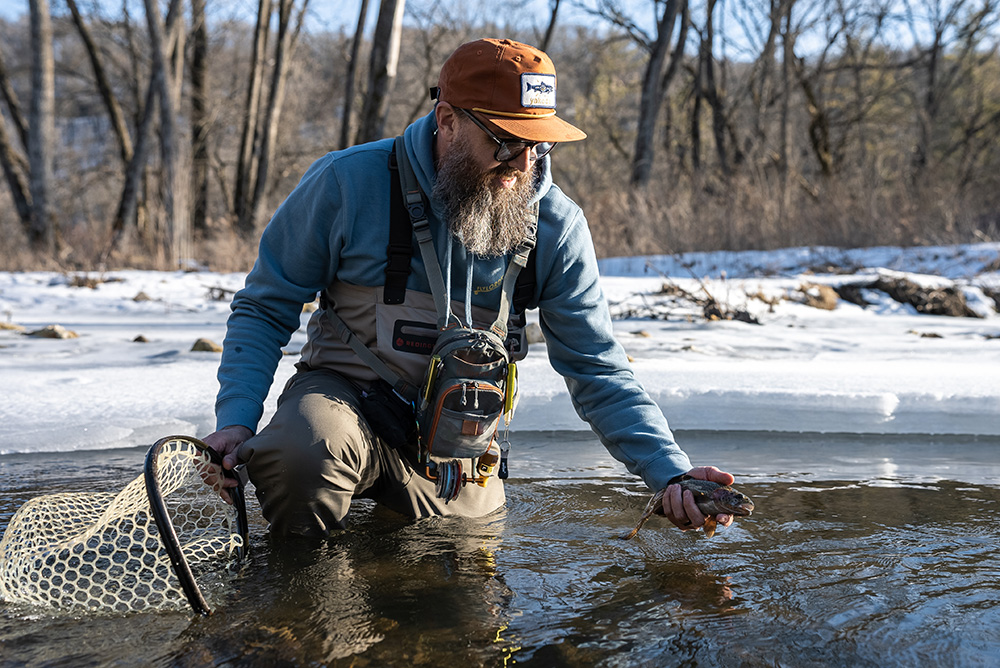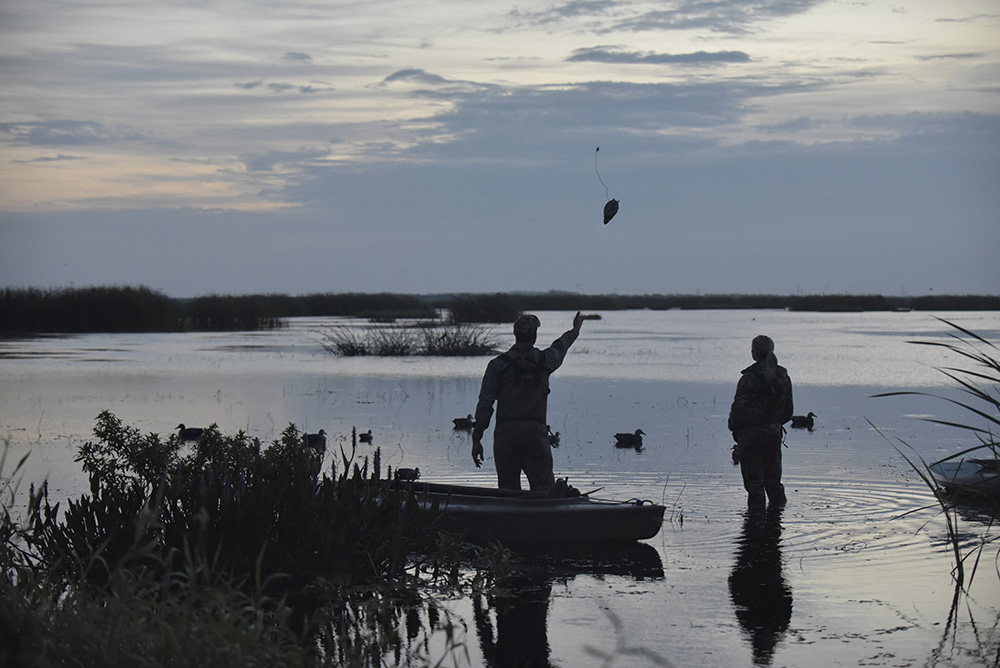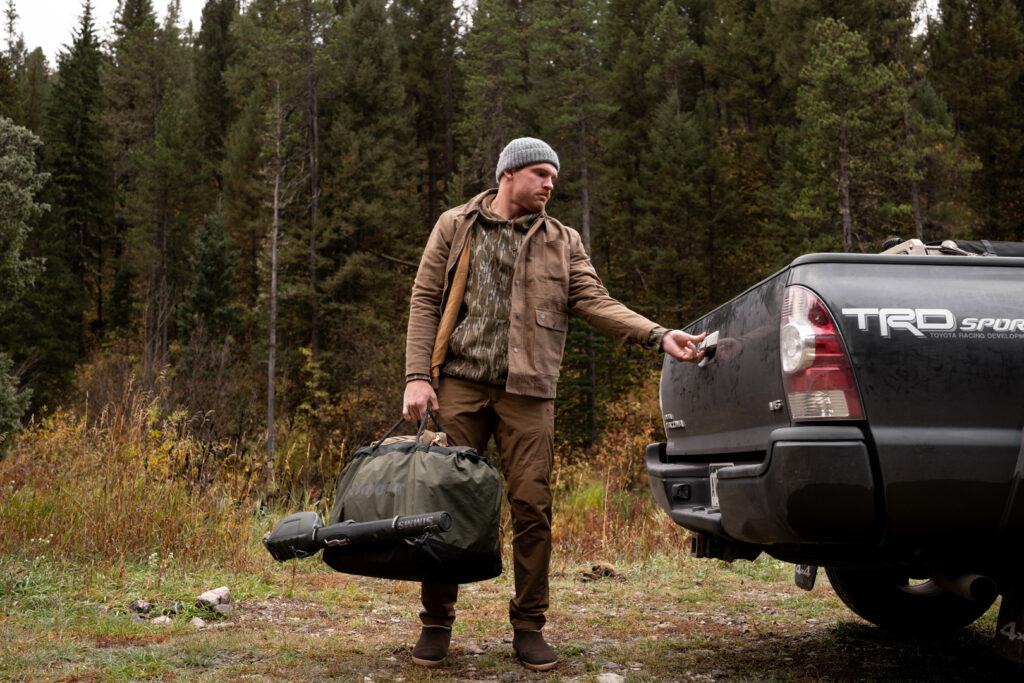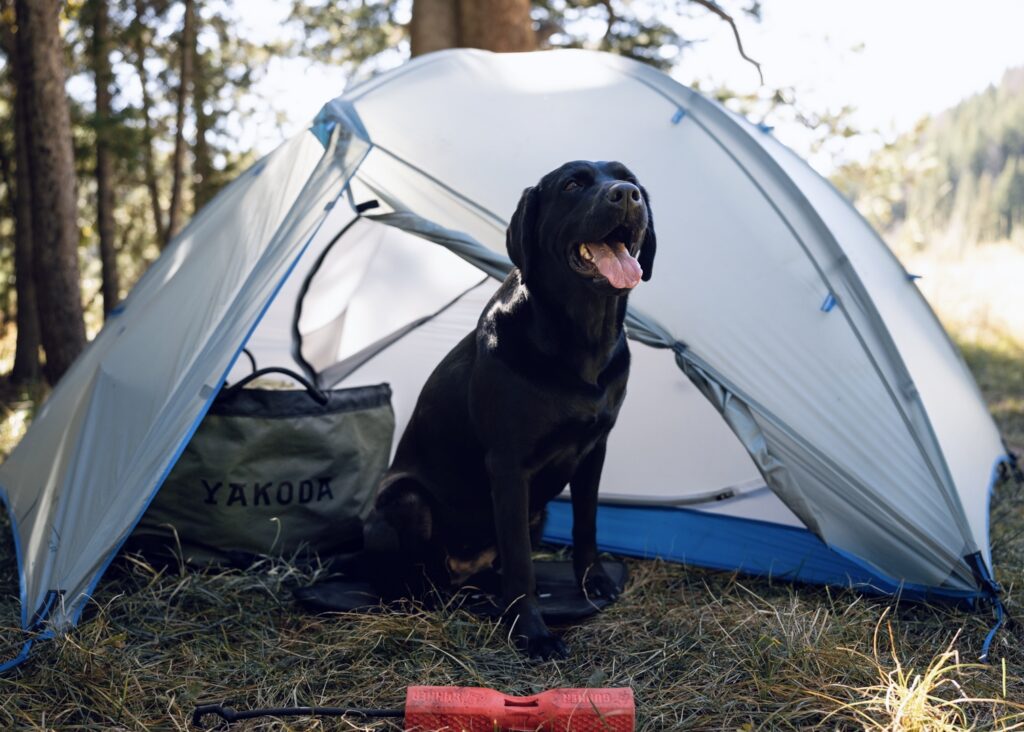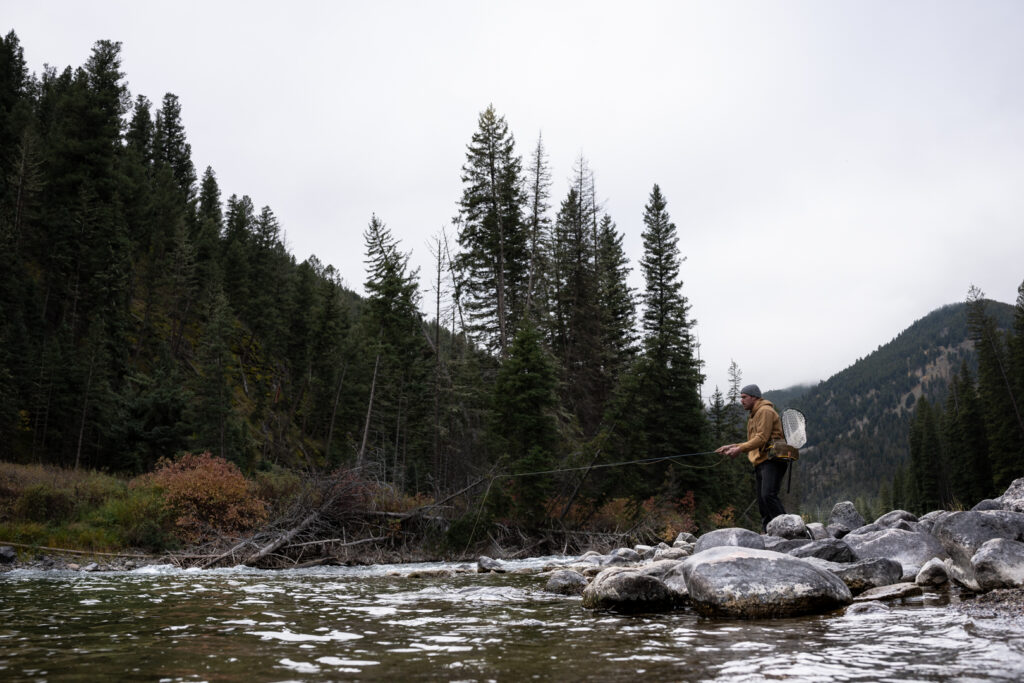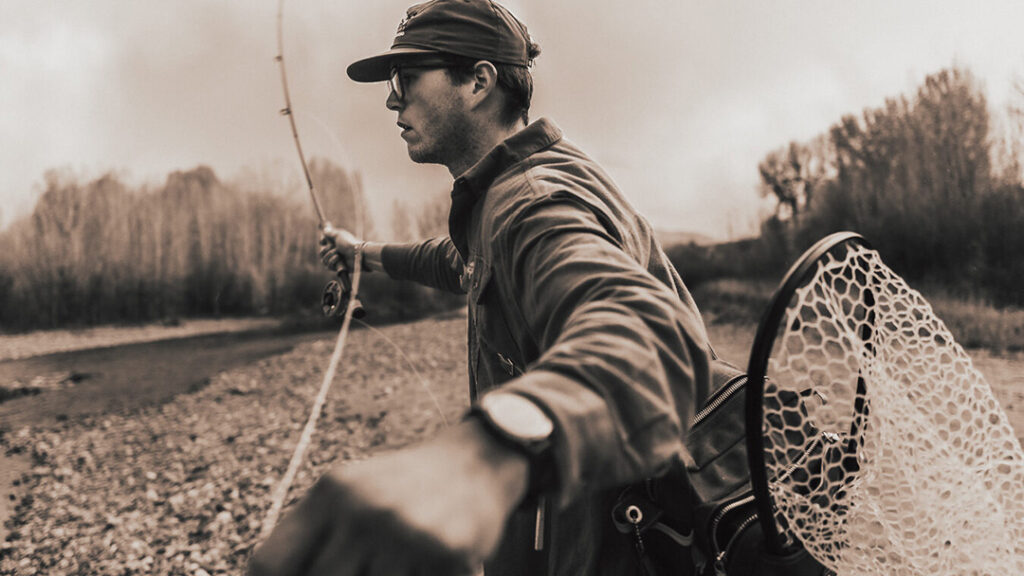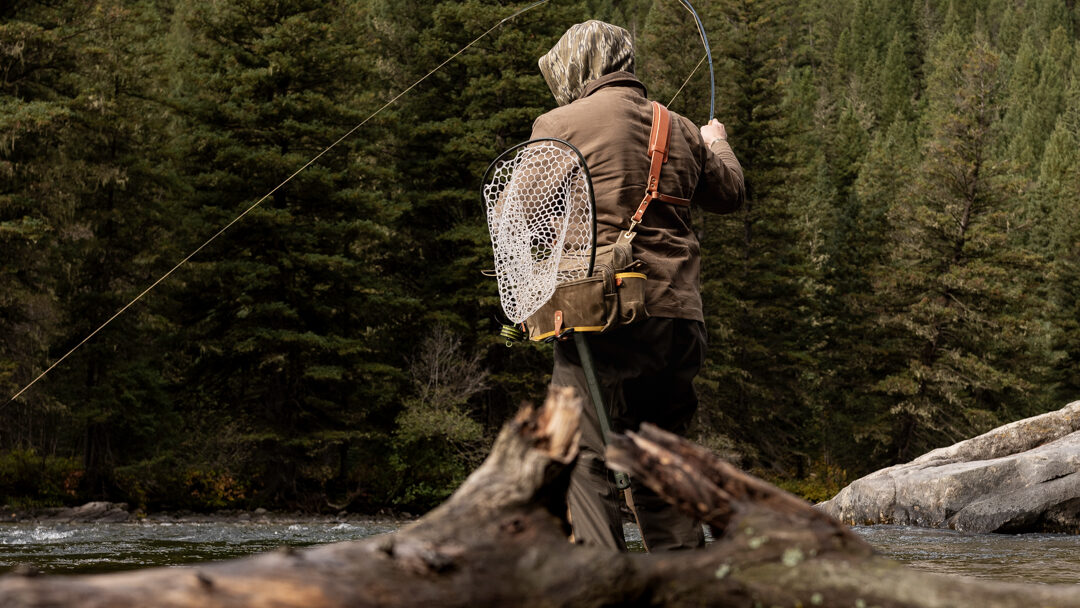Draft plan provides opportunity for BLM and Colorado to synchronize oil and gas leasing, permitting, development, and mitigation protocols within high priority big game habitat
On November 9, the Colorado Bureau of Land Management published their Draft Big Game Corridors Resource Management Plan Amendment and Environmental Impact Statement. Colorado BLM lands are popular for hunting, fishing, camping, hiking, and many other forms of recreation. These millions of acres are also critical for the long-term survival of Colorado’s wildlife.
The continued health of migratory big game populations depends on their ability to move between suitable habitats seasonally, year after year. Of the 8.4 million surface acres of BLM-managed public land in Colorado, millions of acres constitute high-priority seasonal and migratory habitats for big game animals such as elk, mule deer, pronghorn, and bighorn sheep, and these high priority habitats are managed under 16 separate land use plans. This Plan Amendment offers a pathway for BLM to create a standardized approach across relevant field offices that facilitates responsible oil and gas development to avoid the highest value habitats for big game wherever possible, and minimize and mitigate direct, indirect, and cumulative adverse impacts to those species in areas where they cannot be entirely avoided.
The Draft Plan Amendment’s action alternatives direct BLM to consider alternative locations for oil and gas operations to either avoid impacts to specified high priority habitat where feasible or minimize adverse impacts through surface disturbance limitations, and/or by paying for compensatory mitigation to offset disturbance, habitat loss, or habitat degradation. It would also prohibit surface occupancy and surface disturbance within bighorn sheep production areas and within 0.5 miles of CPW-mapped big game highway crossings and migratory pinch points.
TRCP urges the BLM to incorporate into the final plan and analysis additional conservation and mitigation measures and a more comprehensive analysis of up-to-date science on the impacts of BLM’s range of programs and land uses on deer, elk, pronghorn, and bighorn sheep. We look forward to completing an in-depth analysis of this draft plan and engaging during the comment process to advocate for BLM oil and gas management that works seamlessly with the State of Colorado’s regulatory system, and effectively avoids and actively reduces direct, indirect, and cumulative adverse impacts to Colorado’s iconic big game herds.
“The BLM should ensure strong conservation and mitigation protocols are included in their Final EIS and Plan Amendment to ensure they’re consistently conserving and restoring key remaining big game habitats according to current data and science, while still allowing for economic activity on BLM land,” said Liz Rose, the Theodore Roosevelt Conservation Partnership’s Colorado field representative.
This draft plan is an important opportunity for the BLM and State of Colorado to better synchronize oil and gas leasing and permitting to provide more consistent and efficient cross-jurisdictional processes and successful conservation of habitats most important for the long-term viability of big game populations in the state. Currently, companies that seek to develop oil or gas resources on BLM-managed land in Colorado must complete federal leasing and permitting processes that differ from one BLM field office to the next, and which may differ significantly from requirements issued through individual county permitting processes. This is on top of a state permitting process administered by the Colorado Energy and Carbon Management Commission.
“By updating BLM plans with the best available science and management practices and providing more regulatory consistency across the state, the BLM can better conserve Colorado’s iconic big game species, while supporting the responsible use of Colorado BLM lands and resources,” said Bryan Jones, Backcountry Hunters & Anglers’ coordinator for Colorado and Wyoming.
“Colorado Wildlife Federation appreciates that 13 of BLM’s resource management plans in Colorado would be amended under its action alternatives,” said Suzanne O’Neill, Colorado Wildlife Federation’s executive director. “We favor closing those big game high priority habitats to new leasing that have only low, moderate or no-known oil and gas development potential. We continue to be disappointed that BLM has declined in this amendment process to address future siting and management of recreational and renewable energy development to reduce harm to big game habitats and connectivity.”
The BLM’s original goals for this Plan Amendment were “to evaluate oil and gas program and other management decisions across existing BLM Colorado RMPs to promote conservation of big game corridors and other important big game habitat on BLM-administered land and minerals in Colorado.” While the Draft Plan Amendment would update the science and management practices in BLM’s oil and gas planning and management processes, other land uses outside of the scope of this plan amendment also have significant impacts on the survival of big game species – such as roads, renewable energy development and authorized and unauthorized recreational trail use. If not properly managed, these activities will continue to pose significant threats to big game species and their habitats. We encourage the BLM and the State of Colorado to address these other management challenges on BLM lands while the Plan Amendment process for oil and gas advances.
The publication of the Draft Big Game Corridors Plan Amendment and Environmental Impact Statement kicked off a 90-day public comment period that will close on February 6, 2024.
Photo credit: Mark Byzewski

